Belt Conveyors
About Belt Conveyors
WHAT IS A BELT CONVEYOR?
A Belt Conveyor is a mechanical material handling system that uses a continuous belt loop to transport bulk or unit materials over a horizontal or inclined path. It is widely used in industries for efficient, fast, and safe transfer of material.
WORKING PRINCIPLE
- A continuous belt is stretched over two or more pulleys (driven and idle).
- One pulley (drive pulley) is powered by a motor, moving the belt forward.
- The belt carries the material along the conveying path.
- The material is loaded at the inlet and discharged at the outlet via gravity or scraper.
TYPES OF BELT CONVEYORS
|
Type |
Description |
Use Case |
|
Flat Belt Conveyor |
Simple horizontal transport of unit goods |
Assembly lines, packing stations |
|
Inclined/Declined Conveyor |
Transports material at angles |
Loading/unloading, bins |
|
Cleated Belt Conveyor |
Belt has raised cleats to carry materials uphill |
Chips, grains, granules |
|
Trough Belt Conveyor |
Belt edges are curled to form a trough |
Bulk solids (coal, sand, ores) |
|
Modular/Plastic Belt Conveyor |
Belt made of plastic links |
Food, pharma, clean room |
|
Heavy-Duty Belt Conveyor |
Designed for large loads, harsh conditions |
Mining, cement, steel plants |
TECHNICAL SPECIFICATIONS
|
Parameter |
Typical Range |
|
Belt Width |
100 mm to 2000 mm |
|
Conveyor Length |
0.5 m to 100+ m |
|
Belt Speed |
0.1 m/s to 3 m/s |
|
Capacity |
10 kg/hr to 1000 TPH |
|
Belt Material |
Rubber, PVC, PU, Nylon, Steel Cord, Modular |
|
Frame Material |
MS, SS304, SS316, Aluminium |
|
Motor Power |
0.5 HP to 15 HP |
|
Drive Type |
Direct, geared, pulley, drum motor |
|
Inclination Angle |
0 to 35 (depends on belt & material) |
|
Support Rollers |
Impact, troughing, return, training |
APPLICATIONS
Manufacturing & Assembly:
- Moving boxes, components, cartons
- Packaging and inspection lines
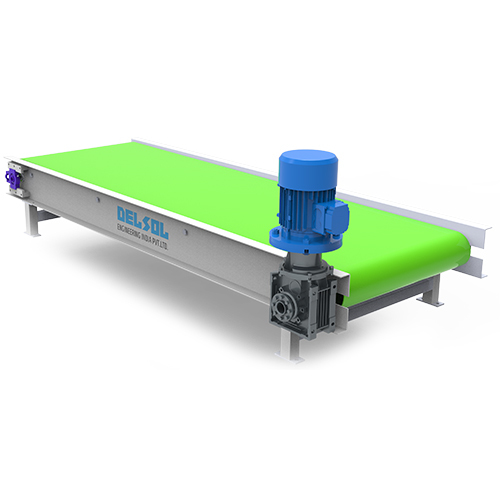
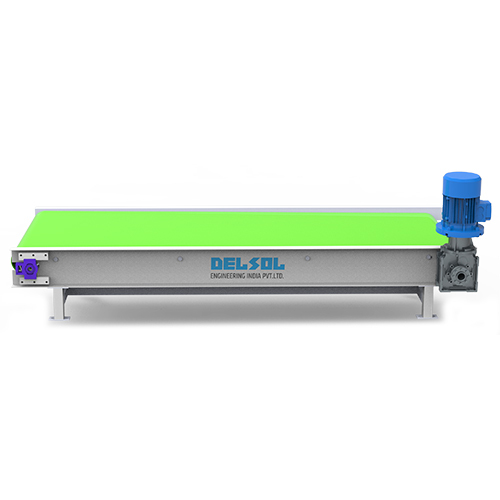
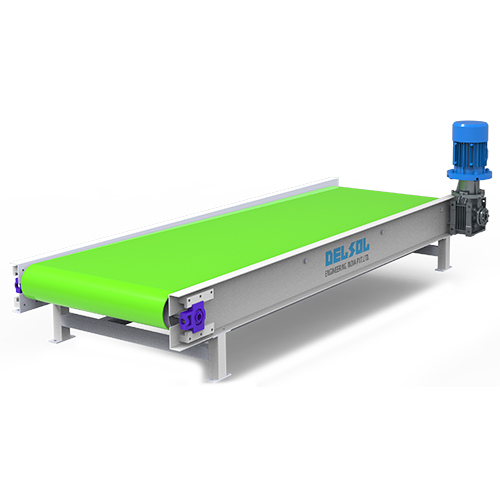

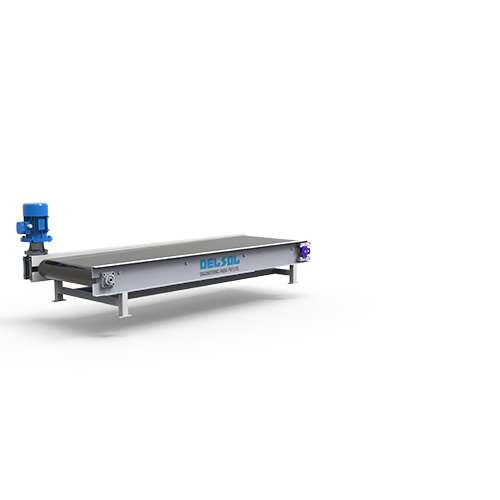
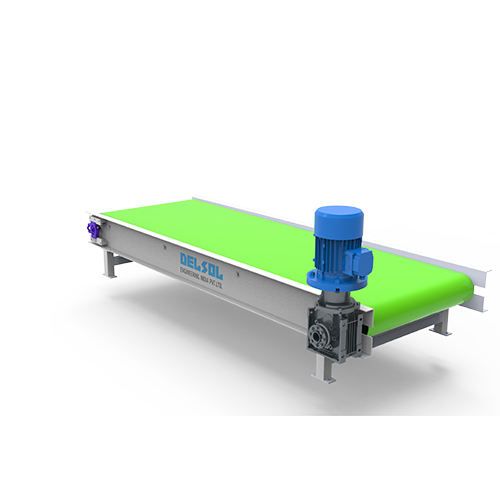

Price:
- 50
- 100
- 200
- 250
- 500
- 1000+

 Send Inquiry
Send Inquiry


 Send Inquiry
Send Inquiry Send SMS
Send SMS English
English Spanish
Spanish French
French German
German Italian
Italian Chinese (Simplified)
Chinese (Simplified) Japanese
Japanese Korean
Korean Arabic
Arabic Portuguese
Portuguese